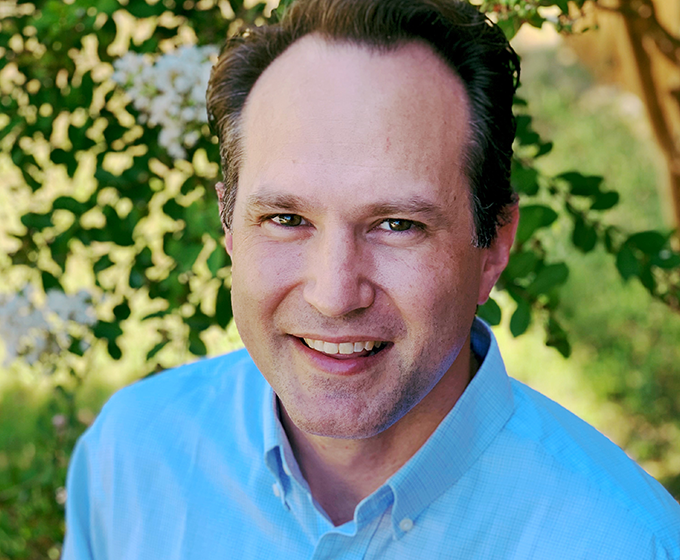
Matthew Brogdon is an associate professor of political science in the College of Liberal and Fine Arts at UTSA.
OCTOBER 7, 2020 — With the passing of Justice Ruth Bader Ginsburg and subsequent nomination of Amy Coney Barrett, President Trump and Senate Republicans have a chance to consolidate a conservative majority on the Supreme Court. If they seize this opportunity, a growing array of Democratic activists and officeholders have suggested packing the Supreme Court as a fitting counterstroke. Four more seats would bring the court up to a hefty bakers’ dozen and give Democrats a slim 7–6 majority.
Anyone who wants to preserve the legitimacy and independence of the Supreme Court should see this strategy as a dangerous error. It isn’t just tit-for-tat reprisal. It’s escalation on a cataclysmic scale. Packing the court threatens the independence of a principal institution of our constitutional order. In the long run it would be a Pyrrhic victory. This is why serious attempts to manipulate the size of the court in a naked effort to capture or keep it are rare and have never succeeded outside the context of Civil War, much to Franklin Roosevelt’s chagrin.
Packing the lower courts is a different matter. The familiar cautionary tale of the midnight judges holds a valuable lesson in this regard. In a lame duck session of the sixth Congress, outgoing Federalists dramatically increased the size of the lower federal courts, giving President Adams the appointment of the so-called midnight judges, and reduced the size of the Supreme Court by one seat upon the next vacancy, depriving President-elect Jefferson of his first potential appointment. A year later the outraged Jeffersonian majority repealed the act, obliterating the offices of 18 sitting judges and restoring the court to its ex ante size of six justices.
The lesson to be learned from this episode is not the imprudence or illegitimacy of packing the lower courts. Quite the opposite. Instead of unconstitutionally removing judges without the formality of impeachment, Jeffersonians should have doubled down on packing the inferior courts, adding their own corps of new judges. It would have supplied balance to the scales of justice, avoided the constitutional violation and equipped the federal judiciary to meet the needs of a rapidly growing nation.
As it is, the federal judiciary has rarely had enough judges to handle the nation’s affairs. Expansion has always come late and fallen short of the real need. Building the federal courts has been much like building roads: By the time the necessary infrastructure is in place, the traffic has already outgrown it. This is partly because judicial institution building typically materializes only under unified government. Any time Congress adds judges to the federal lineup, they hand the sitting president new vacancies to fill. No congressional majority is going to do that for a president of the opposition party.
If Democrats win the Senate and the presidency in November, they will find themselves in one of those rare moments when the political will for extending the judiciary coincides with unified government. Should Barrett fill Ginsburg’s seat, Democrats should look past the Supreme Court and pursue expansion of the lower courts instead. Then when the country gets fed up with Democratic rule in another decade or so, Republicans can reply in kind without defacing the constitutional order.
The contest just might, for the first time since the early republic, render a federal judiciary fully commensurate to its institutional duties. As long as we stick to the lower federal courts, tit-for-tat court packing can serve the public good and strengthen the rule of law by redressing the dire shortage of judges in the federal system. Don’t pack the Supreme Court; that’s what the lower courts are for.
UTSA Today is produced by University Communications and Marketing, the official news source of The University of Texas at San Antonio. Send your feedback to news@utsa.edu. Keep up-to-date on UTSA news by visiting UTSA Today. Connect with UTSA online at Facebook, Twitter, Youtube and Instagram.
Move In To COLFA is strongly recommended for new students in COLFA. It gives you the chance to learn about the Student Success Center, campus resources and meet new friends!
Academic Classroom: Lecture Hall (MH 2.01.10,) McKinney Humanities BldgWe invite you to join us for Birds Up! Downtown, an exciting welcome back event designed to connect students with the different departments at the Downtown Campus. Students will have the opportunity to learn about some of the departments on campus, gain access to different resources, and collect some giveaways!
Bill Miller PlazaCome and celebrate this year's homecoming at the Downtown Campus with food, games, giveaways, music, and more. We look forward to seeing your Roadrunner Spirit!
Bill Miller PlazaThe University of Texas at San Antonio is dedicated to the advancement of knowledge through research and discovery, teaching and learning, community engagement and public service. As an institution of access and excellence, UTSA embraces multicultural traditions and serves as a center for intellectual and creative resources as well as a catalyst for socioeconomic development and the commercialization of intellectual property - for Texas, the nation and the world.
To be a premier public research university, providing access to educational excellence and preparing citizen leaders for the global environment.
We encourage an environment of dialogue and discovery, where integrity, excellence, respect, collaboration and innovation are fostered.